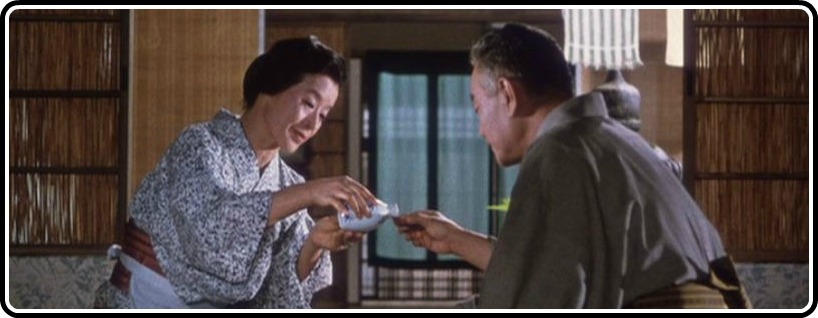
After years of waiting and many months of persistent, low-intensity clamoring, the long anticipated debut of Yasujiro Ozu on Criterion Blu-ray finally came to fruition this week, with the upgrade release of his pivotal 1949 classic Late Spring. That’s big news as far as I’m concerned – I immediately went out and got my own copy, watching it the other evening in reverent awe and delight as I basked in the glow of its radiant HD splendor. It was my first revisit of that film since I blogged about it here, and what a time to make the reconnection. Over the past week or so, I’ve been pondering The End of Summer, from Eclipse Series 3: Late Ozu, a powerful film made twelve years later that speaks deeply to some of my own recent real-life experiences. That’s no surprise, since just about everything I’ve ever seen from the great Japanese director has contained elements that brought illumination to some aspect of my personal history. In observing the inner workings of the Kohayagawa family, as set forth in this second-to-last film written and directed by Ozu, I’m again so deeply moved by his ability to portray the most mundane, ordinary interpersonal events in a way that is both uniquely insightful regarding his native and contemporary Japan while simultaneously addressing themes and emotions that give his work universal appeal and relevance.
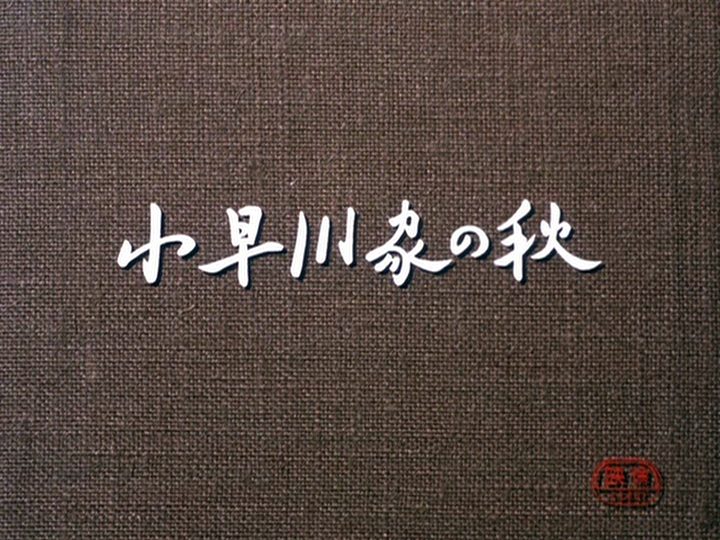
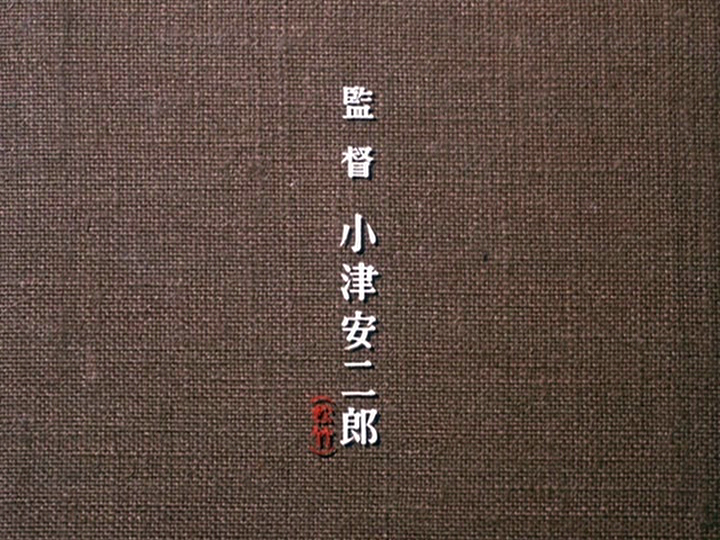
As has been the case with each of the Late Ozu reviews I’ve written for this site, my choice this week is based on my reaching The End of Summer‘s original date of release on my comprehensive chronological list of all Criterion-related titles (link to my Google Docs spreadsheet available on request.) The timing of Late Spring‘s new edition is just a happy coincidence, as is the recent news that an early film featuring a teenage Setsuko Hara is about to get its first public screening in decades. Hara, of course, is the lead female actor most closely associated with Ozu, her fame being primarily established by her roles in Late Spring (their first collaboration) and Tokyo Story, but who becomes ever more beloved by anyone who delves further into Ozu’s filmography and observes, in the six films they made together, her refined, subtle strength of character. Though I don’t see any evidence in The End of Summer that overtly indicated her imminent retirement from the motion picture scene, that’s exactly what happened. She shot two more films for other directors, but abruptly quit shortly after Ozu died in 1963, stepping away from her performing career at age 42, at the height of her fame and with her legendary reputation among Japanese actors still intact. She’s still alive today but has not made any public appearances since that time.
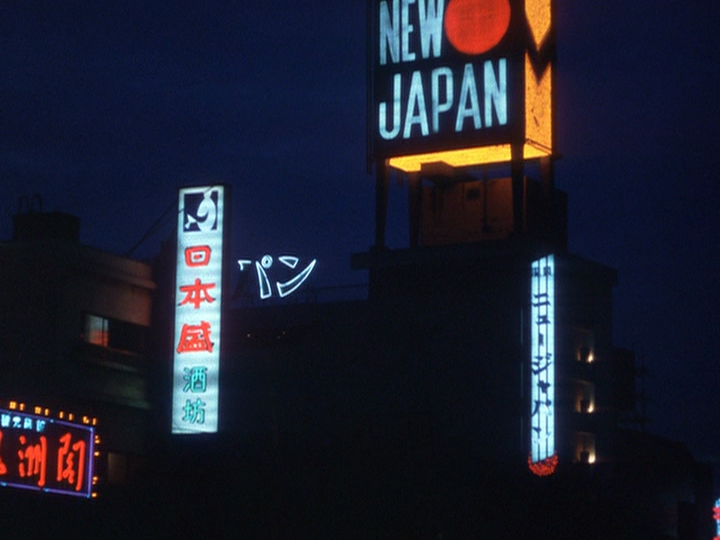
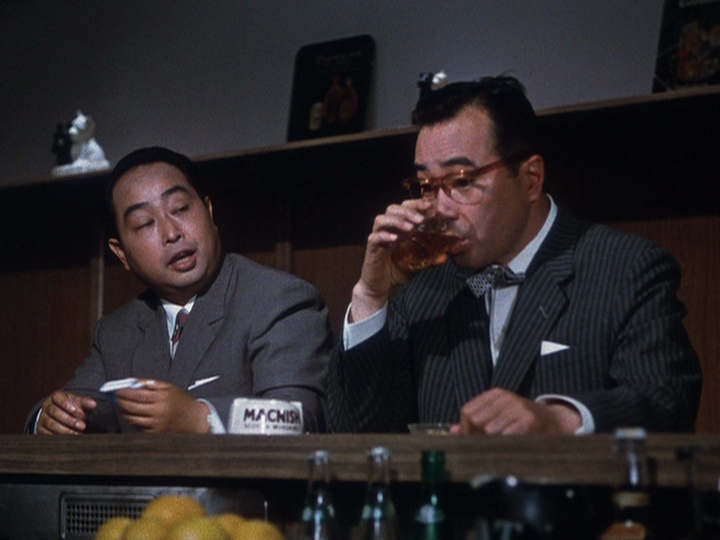
Far from being the showcase for Setsuko Hara that we find in both Late Spring and Tokyo Story, The End of Summer is more an ensemble piece involving three generations of a family struggling to maintain its footing in a rapidly changing social landscape. Set in Osaka, rather than in Ozu’s usual preference for Tokyo, for reasons I could only guess at, this portrait of the Kohayagawa family continues Ozu’s examination of the “new Japan” as the society recalibrates its values and traditions in the ongoing aftermath of the Pacific War and the nation’s subsequent economic recovery and prosperity. Our introduction to the family is quite elliptical as we first work through its outer fringes before approaching the impulsive, child-like man at its center. Yanosuke, brother-in-law of Manbei (who we’ll get to know later), meets Isomura, one of his businessman pals, in a bar one evening. Through a ruse they’ve concocted, he sneakily tries to set up his niece Akiko with a prospective husband. Akiko is a modest and somewhat headstrong widow, content to be single at this stage of her life, raising a son by herself and maintaining a more traditional appearance than the increasingly Westernized younger women all around her.
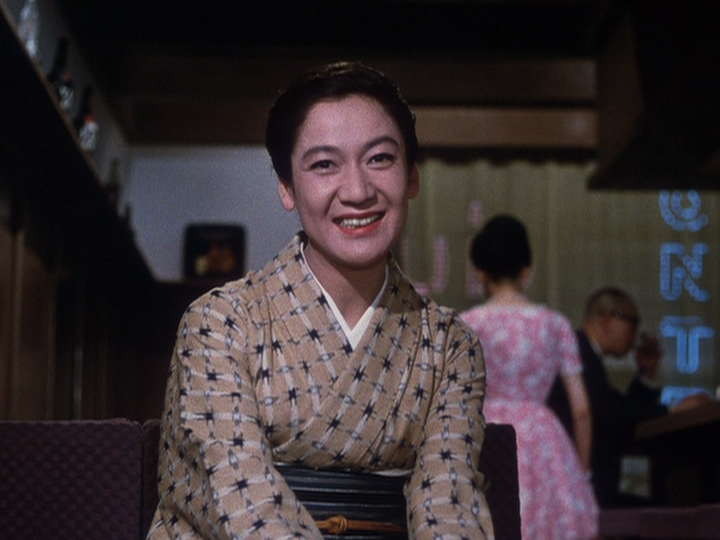
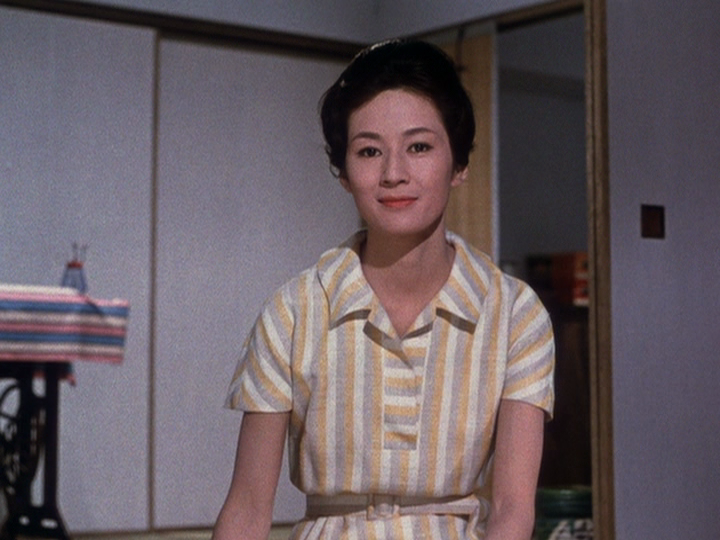
If that sounds like the archetypal Setsuko Hara role, ding! ding! ding! You know your Ozu, so pour yourself a cup of green tea (or warm sake), sit back and enjoy the rest of the show.
Akiko’s younger sister, named Noriko (of course), is a single working woman who certainly hasn’t ruled out finding a husband but is taking her own unhurried time weighing her options, even as the pressure quietly mounts for her to accept the arrangement that her older relatives have in mind. She’s not quite as willing to be outspoken as Akiko, but seems inclined to follow her sister’s example and advice in choosing her own destiny.

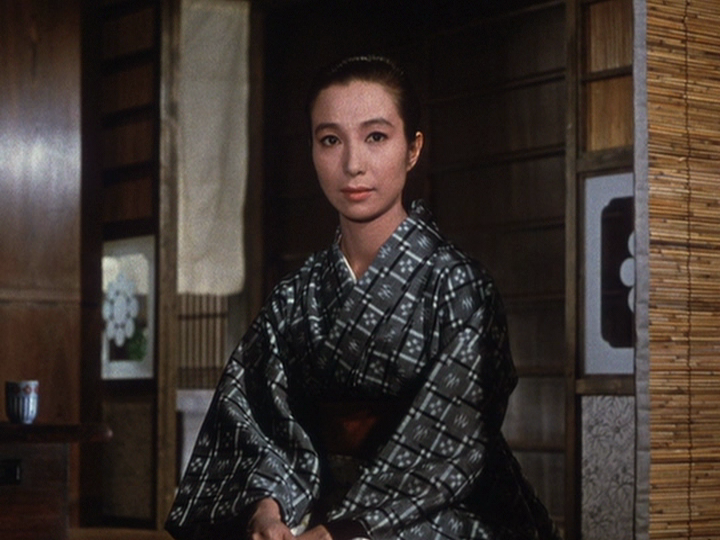
The axis on which The End of Summer‘s wheel spins is the impish Manbei Kohayagawa, patriarch of the family who has provided for their material needs over the preceding decades as owner of a small sake brewery. Also a widower and largely retired from the day-to-day operations of the family business, he’s lately taken up the habit of going on long walks, tending to vaguely described errands that have drawn the suspicious attention of others, most particularly the sharpened eye (and tongue) of Fumiko, Manbei’s oldest daughter.
Thus it is that Manbei’s three daughters (Akiko was married to his deceased oldest son) occupy three distinct adult female social roles available in respectable Japanese bourgeois culture at the time: the widow, the wife and the yet-to-be-married woman. Each of them have their own perspective on the effect that their father and his increasingly disruptive antics has on their lives. For Fumiko, when she discovers that he’s rekindling an old affair that brought stress and disgrace into their family nearly twenty years earlier, he’s like another child creating havoc in the household. Noriko, who’s grown up as the pampered youngest daughter, is fondly affectionate of her doddering old dad, but realizes that he has a financial stake in marrying her off sooner rather than later, since the brewery is struggling and she could be better provided for by the beer merchant they have in mind for her. Of the three, Akiko, who’s no blood relative, is still the most empathetic and understanding of the old man (shades of Tokyo Story), perhaps because their life circumstances are similar, but mainly just because Setsuko Hara is the eternal beacon of timeless grace and wisdom in every movie that Ozu ever cast her in.

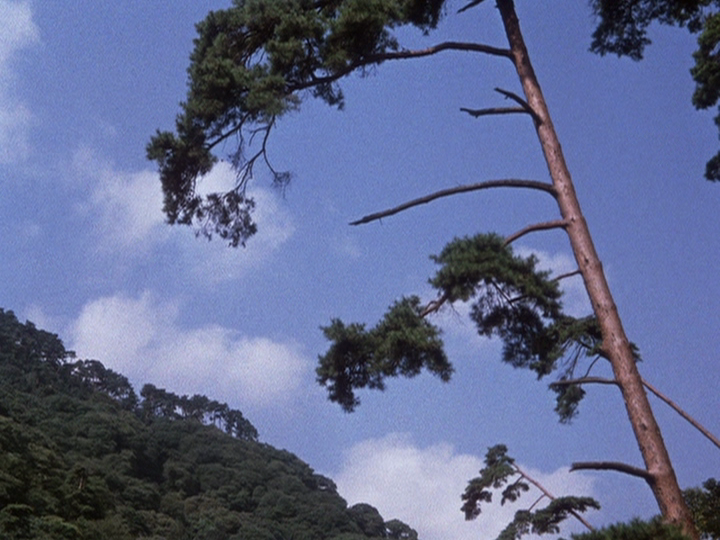
I could go on at some length trying to lay out all the complicated relationships that Ozu and fellow writer Kogo Noda constructed, but this serves as an introductory guide and I’ll leave it at that, allowing you to discover and decipher for yourself the connections of various husbands and wives, siblings, children, aunts and uncles, etc. since that’s part of the enjoyment and makes for additional intrigue in repeat viewings as we delve deeper into Ozu’s world. Just as comforting, but as always kept strictly in the background, are the juxtapositions of civilization and nature, the mostly balanced but perpetually shifting environmental frames of time, space and seasons in which Ozu’s long-drawn out generational saga unfolds over the course of his later films. Though the various characters in these movies don’t overlap from one to the other, there is still a stately continuity to them all, which makes it difficult at times to distinguish one from the other in casual memory. That quality of being a small part of a larger whole renders The End of Summer as a less than ideal entry point into the Ozu canon, but after establishing one’s bearings in that realm, the film’s latter half fairly explodes with profundities.
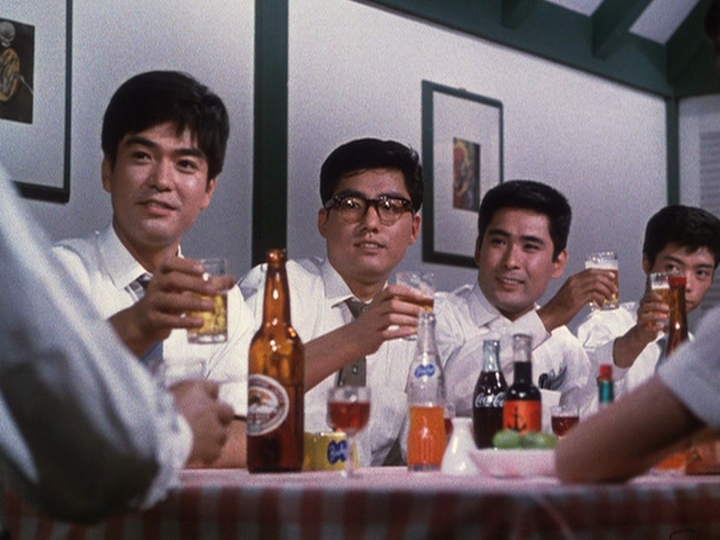
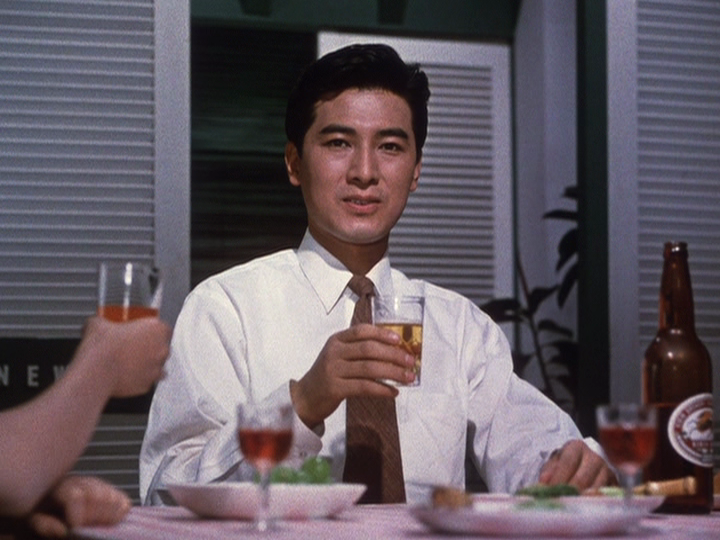
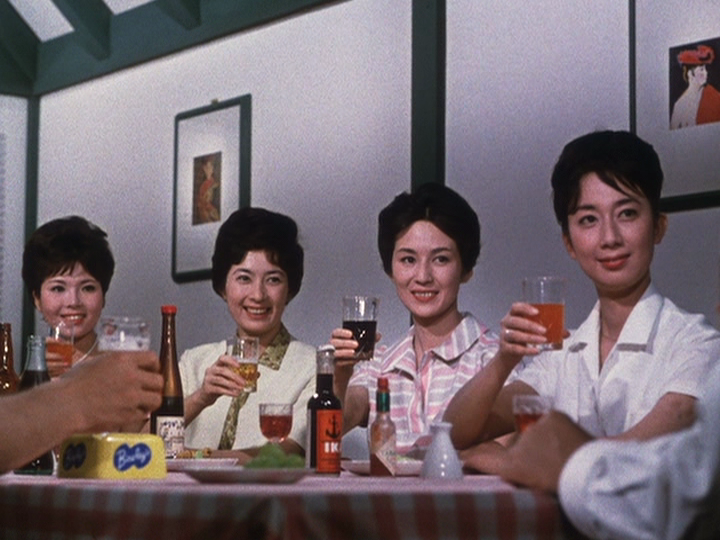
The functions of ritual as a transitional device that smooths over the ruptures that routinely take place in human relationships are prominent features in The End of Summer. The charming sequence captured in the images above, of a group of co-workers singing sayonara for a colleague to the tune familiar to most readers as “My Darling Clementine,” provides one particularly pleasant example of the warmth and camaraderie that can develop even within the sterilized conformity of the high-rise corporate office in which Noriko works. The blandly genial man at the center of this triptych is Teramoto, who’s taken a liking to Noriko that she demurely reciprocates. He’s the one, if the truth could be told, that she’d easily want to marry, but he’s being transferred to the far north of Japan, for the next four or five years at least. As much as she might like to accompany him, it would just break too many of the family rules.
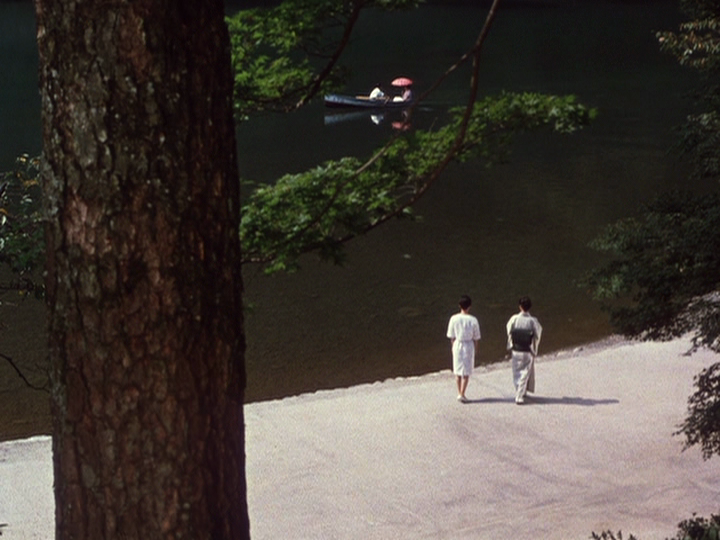

In between all this seemingly soapy melodrama (understatedly handled as it is,) Ozu mixes in his patented masterful blend of mild humor that produces bigger laughs the more we pay attention to his jokes, along with exquisitely graceful moments like Akiko’s and Noriko’s sisterly dialog on the bank of a tranquil river. Weaving his narrative with finely honed skill, Ozu’s journey to The End of Summer begins with a gratifying comic mood over its first third (mainly the juvenile clownery of mature men who do know better but do it anyway, thinking they’re just a bit smarter than the women who are clearly aware of their mischief-making,) but then takes us into some darker territory as the Kohayagawa family’s fragile equilibrium is shaken by a severe health crisis that snaps everyone to attention.
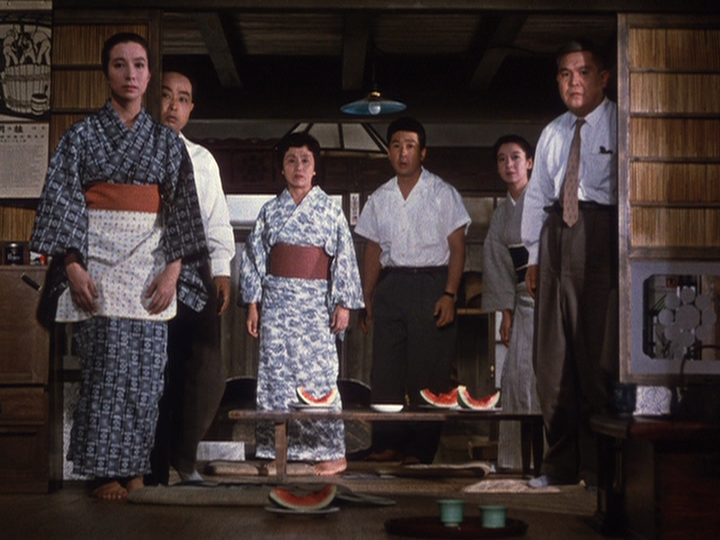
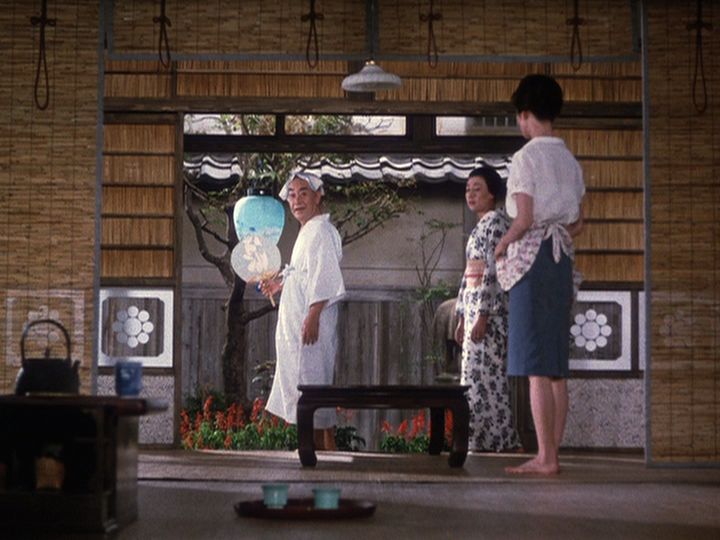
After Manbei suffers a heart attack, most of the petty griping and gossip that had preoccupied the family quickly subsides, as they suddenly realize in a fresh and urgent way just how transitory life really is. Even though Manbei rises from his sickbed the next morning, to everyone’s astonishment (based on a real-life anecdote that inspired Ozu and Noda to write this story,) everyone realizes that they (and we) are all living in a swiftly flowing stream of time, with the end much nearer than we’d like to think.
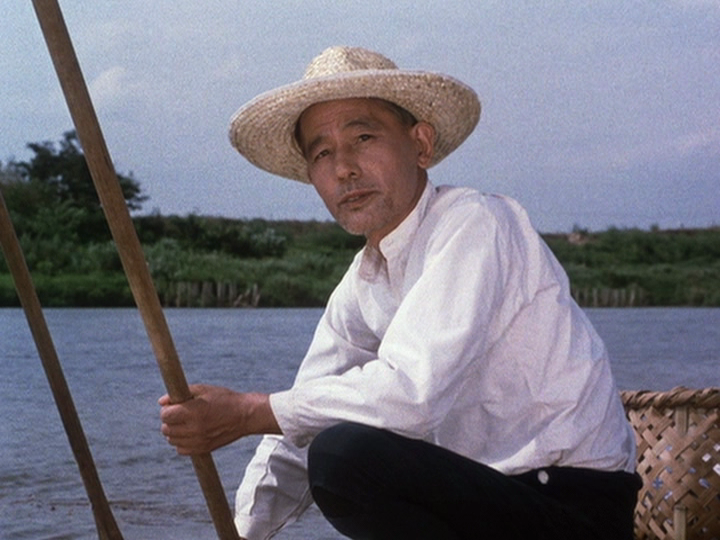
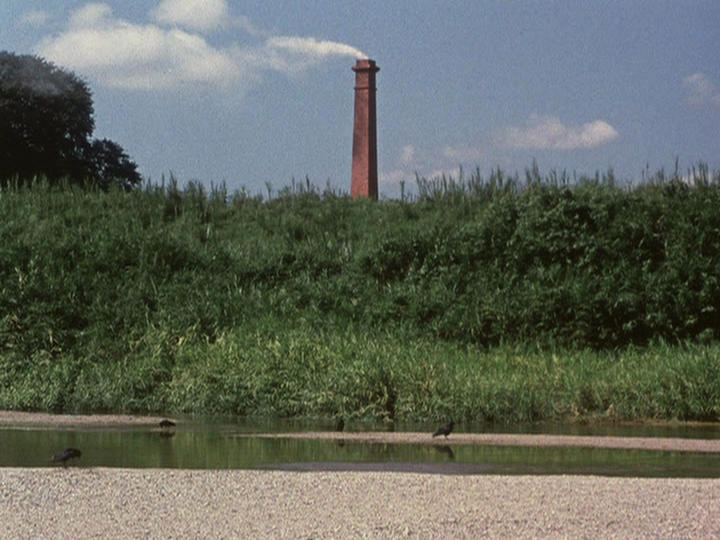
As intriguing, amusing and satisfying as the film’s first hour-plus turns out to be, it’s that final twenty minutes or so that delivers Ozu’s unfailing, vitally necessary punch to the gut. It serves almost like a family reunion of sorts, the kind that take place at weddings, funerals or other significant life-events that oblige all the relatives to get together. Veteran viewers of Japanese films from this era will recognize many familiar faces, like Haruko Sugimura, usually cast in the role of “gossipy old nag” who blurts out impolite but savagely accurate truths, Daisuke Kato, whose round face and comic acumen made him a favorite bit player for Kurosawa, and Masahiko Shimazu, one of Ozu’s greatest bratty kids. Most memorable is the brief but eloquent cameo toward the very end by Chishu Ryu, so often seen as the compassionate, long-suffering father in most of his Ozu castings. Here, he is merely a simple farmer washing radishes in a stream with his wife, noticing an abundance of crows keeping them company that sunny morning, and wondering if an omen regarding somebody’s death could be interpreted from their visitation. Sure enough, a few minutes later they see white smoke billowing from the chimney atop the crematorium across the way. Another soul has perished, loved ones are undoubtedly grieving, but every minute of every day, new people are born to take the place of those who have gone before. This simple, sublime truth and the eloquence of its delivery is, to use a cliche, pure cinema magic.
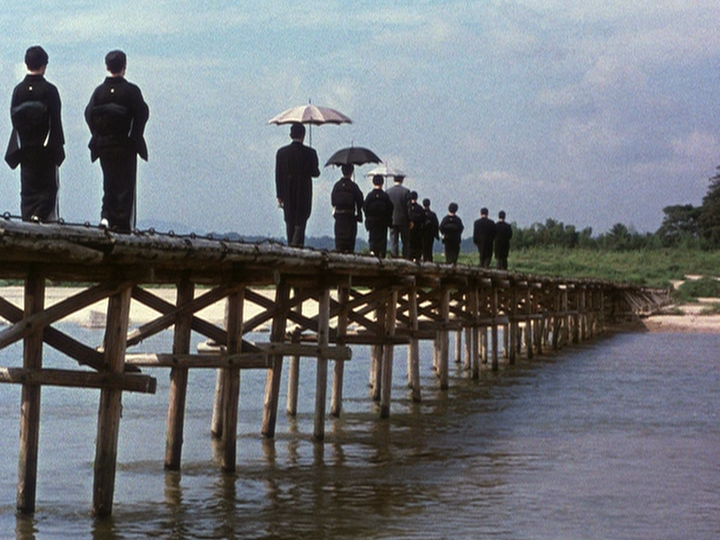
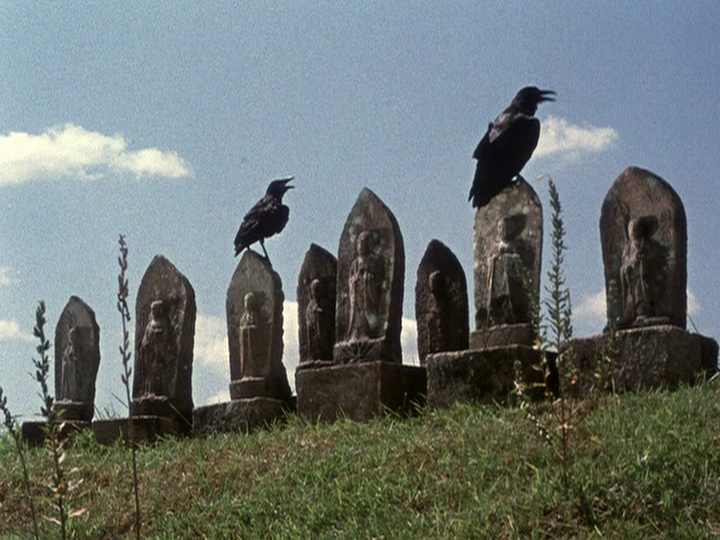
Likewise, the final funeral procession, the resolution of Akiko and Noriko to pursue life on their own terms, and the artful serenity that hangs over the inevitable pain that accompanies these disruptions of life as the Kohayagawa family once knew it, produces a flood of wistful emotion in any viewer attuned to Ozu’s wavelength. Never one to wallow in over-the-top melancholy, nor one to sweep it off to the side altogether, Ozu plainly lays out the inevitable losses and sadness that life has in store for each of us, but in doing so, he helps to prepare and strengthen us for those times of trial. Perhaps sensing that his own journey in this world was nearing its end (certainly, the chances of that happening increase every single day for each of us), The End of Summer could have served as a final culmination of one of cinema’s greatest artistic careers. Fate would grant him time to direct one more film, An Autumn Afternoon, which I haven’t seen yet but from all reports is an absolute powerhouse. I’ll resist the temptation to just pop it in right now… all in good time. For today, I’m satisfied to apply the lessons I’ve learned from my visit with Manbei and his clan, focused up and ready to enjoy this season of my life.


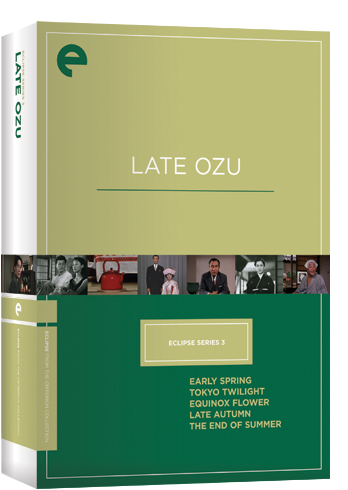
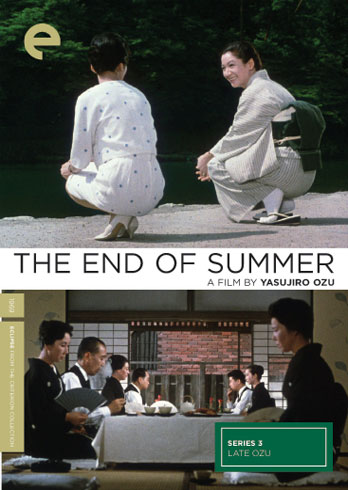

![Bergman Island (The Criterion Collection) [Blu-ray]](https://criterioncast.com/wp-content/uploads/2022/11/bergman-island-the-criterion-collection-blu-ray-400x496.jpg)
![This Is Not a Burial, It’s a Resurrection (The Criterion Collection) [Blu-ray]](https://criterioncast.com/wp-content/uploads/2022/11/this-is-not-a-burial-its-a-resurrection-the-criterion-collection-blu-ray-400x496.jpg)
![Lars von Trier's Europe Trilogy (The Criterion Collection) [The Element of Crime/Epidemic/Europa] [Blu-ray]](https://criterioncast.com/wp-content/uploads/2022/11/lars-von-triers-europe-trilogy-the-criterion-collection-the-element-of-400x496.jpg)
![Imitation of Life (The Criterion Collection) [Blu-ray]](https://criterioncast.com/wp-content/uploads/2022/11/imitation-of-life-the-criterion-collection-blu-ray-400x496.jpg)
![The Adventures of Baron Munchausen (The Criterion Collection) [4K UHD]](https://criterioncast.com/wp-content/uploads/2022/11/the-adventures-of-baron-munchausen-the-criterion-collection-4k-uhd-400x496.jpg)
![Cooley High [Criterion Collection] [Blu-ray] [1975]](https://criterioncast.com/wp-content/uploads/2022/11/cooley-high-criterion-collection-blu-ray-1975-400x496.jpg)